No one in Germany quite agrees when electronic music here went legit. Some would say it was the summer of 1999, when a record 1.5 million techno lovers took over central Berlin for the biggest Love Parade.
Others point to 2019, when the steel door of hallowed Berlin club Tresor was installed in the city’s rebuilt Prussian palace.
Once upon a time this door was a portal to endless club nights in the vaults of a vanished department store. Today the door is a museum piece, on display in the reconstructed digs of the Kaiser Wilhelm II, a man not known for his love of clubbing.
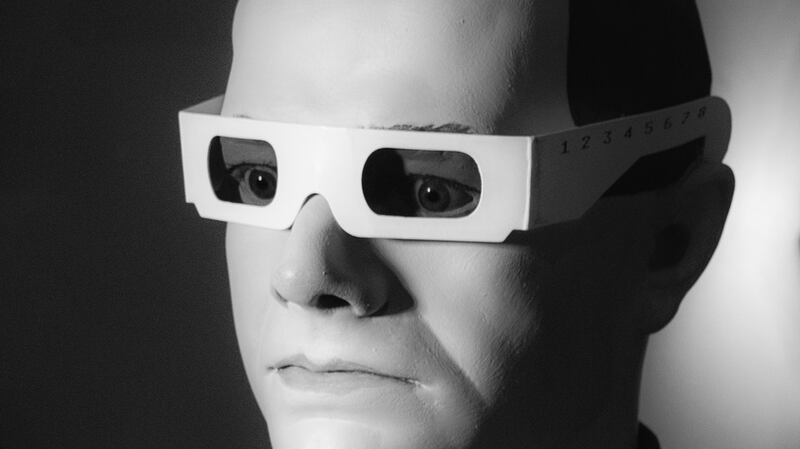
Now a new exhibition exploring the origins of electronic music makes an overdue attempt to highlight its cultural value. For others, though, it’s another attempt to nail down the ephemeral in a creative coffin.
More than 500 iconic objects have been pulled together for the show, titled Electro. From Kraftwerk to Techno, at the Kunstpalast in Düsseldorf, home town to German electronic pioneers Kraftwerk.
To sell tickets, the band’s famously private co-founder, Ralf Hütter, gave a rare interview to Germany’s Die Zeit weekly about electronic music Kraftwerk helped pioneer and the band’s origins in 1970. “What we did back then didn’t cause jubilation originally,” he said. “When we played the album Autobahn for the first time for our German record company, the employee responsible just said, ‘Talk about boring music’.”
The exhibition is a feast for Kraftwerkers, from its infamous robot performers to an early Moog synthesiser. Don a pair of 3D glasses and visitors can relive their legendary Tour de France concert. But the exhibition points out how, without the early adopter enthusiasm of Detroit club DJs, Kraftwerk might not have made their breakthrough.
"They weren't really perceived as German, more like robots. It was a really futuristic sound," says Alain Bieber, co-curator of the exhibition.
Long before Kraftwerk, dub or techno, the origin of electronic music lies in the theremin. Patented in 1928 by Russian inventor Leon Theremin, it allowed people move their hands around a wand to create sound without touching it. Bernard Herrmann’s soundtrack to The Day the Earth Stood Still is the theremin’s best-known turn.
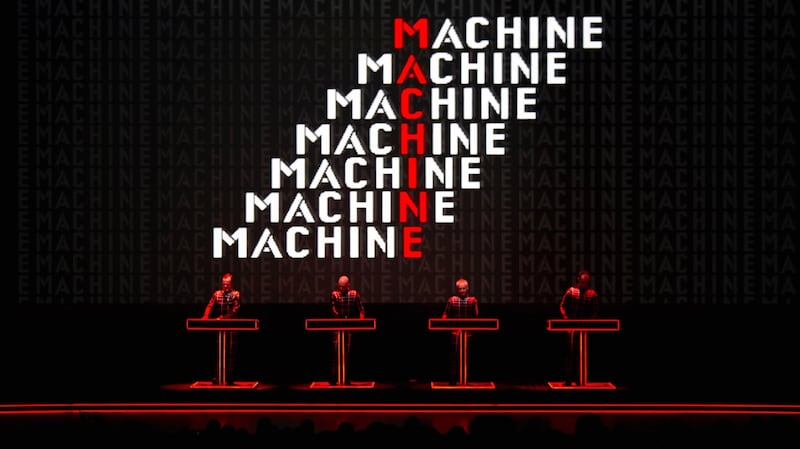
Berlin can claim credit for the world's first prototype synthesiser: the trautonium, unveiled in 1930 by Friedrich Trautwein. Instead of keys, performers exert pressure on a wire to produce expressive sound. The device caused such a sensation on its launch that composer Paul Hindemith wrote several short trios for three trautoniums with three different tunings: bass, middle and high voice.
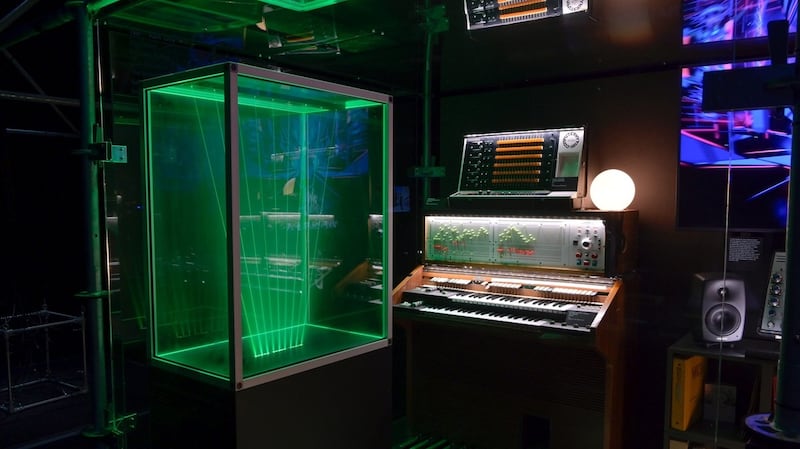
Five years later, in 1935, came the hammond organ, an electromechanical alternative to a church organ, bringing electronic music into jazz, blues and funk.
Nearby, looking like a nuclear power plant control room, are the electronic synthesisers embraced by West German composer Karlheinz Stockhausen for his own aural experiments. In 1953 he was invited into the state-of-the-art studio for electronic music built by West German public broadcaster WDR two years previously. His best-known works from this time are two compositions based entirely on sine waves, Studie I and Studie II.
The Düsseldorf exhibition is a co-operation with the Musée de la Musique in Paris and doesn't neglect the French pioneers and superstars, from Jean-Michel Jarre, Laurent Garnier and Air to Thomas Bangalter and Guy-Manuel de Homem-Christo, better known as Daft Punk. On display in Düsseldorf are the defunct duo's famous performing helmets.
“They weren’t originally there but I asked them to participate,” said Hütter of Kraftwerk, whose co-founder Florian Schneider died last year of cancer.
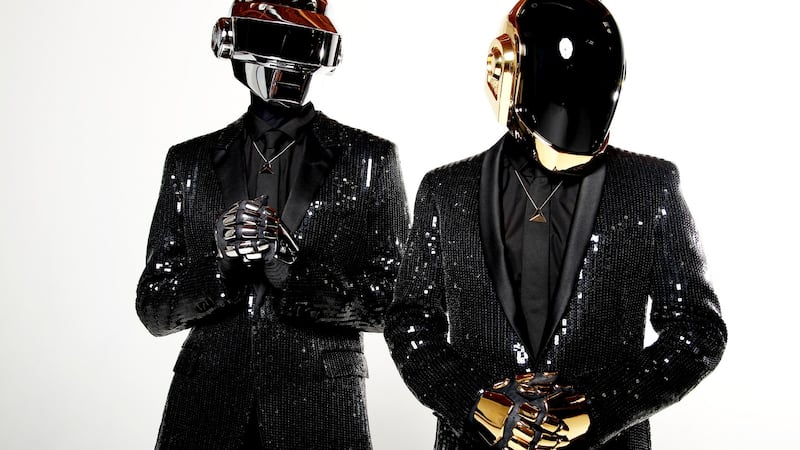
The show tips its hat to the US pioneers of Detroit techno and Chicago house, major influences on the early electronic dance music scene in Europe, in particular Berlin. The 1990s saw an explosion in electronic dance sub-genres, from acid house and drum’n’bass to dubstep and two-step.
Out of the UK came Massive Attack, Portishead, The Prodigy and Chemical Brothers while Austria, after early electronic experiments from Falco, produced Kruder & Dorfmeister. Many were drawing on previous generations, from Jamaica’s Lee “Scratch” Perry who invented dub music in the 1970s to 1980s Germany and Conny Plank and avant-garde Krautrock.
In the early 2000s, as well as the Love Parade, Berlin was home to performers such as Paul Kalkbrenner and Peaches, who mixed electronic music with punk as a soundtrack to her own performance art.
As well as the music, the exhibition takes in how it was received and recalls some of the venues and spaces co-opted by electronic music – and entire generations.
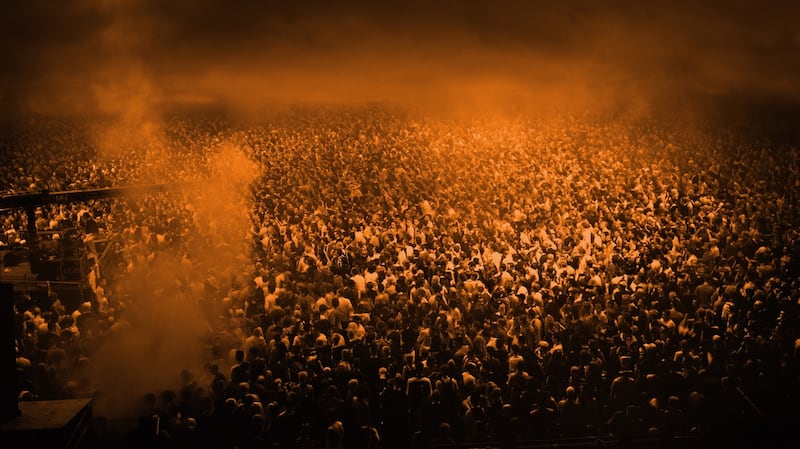
"Techno music gives a really special experience, a particular bodily feeling that I had never experienced before, you are carried along by the mass," said Andreas Gursky, a photographer whose landmark techno party images cover the walls.
With thumping installations, even more volume available on headsets and an impressive light show on the Kunstpalast outside at nightfall, the exhibition is the closest many visitors will come to a club visit. For co-curator Bieber, Andreas Gursky’s images of heaving, sweating bodies, frozen in time have a melancholy quality as the world enters its third pandemic year of negligible club life. He even wonders if the photographs are portals back to “times that perhaps won’t come again”.
“The era of the big raves is over,” he says. “What’s important now is that smaller clubs survive, and that the experimentation continues to produce sounds.”
Electro. From Kraftwerk to Techno is at Düsseldorf’s Kunstpalast until May 15th, 2022. Tickets for an online tour on January 14th are still available












